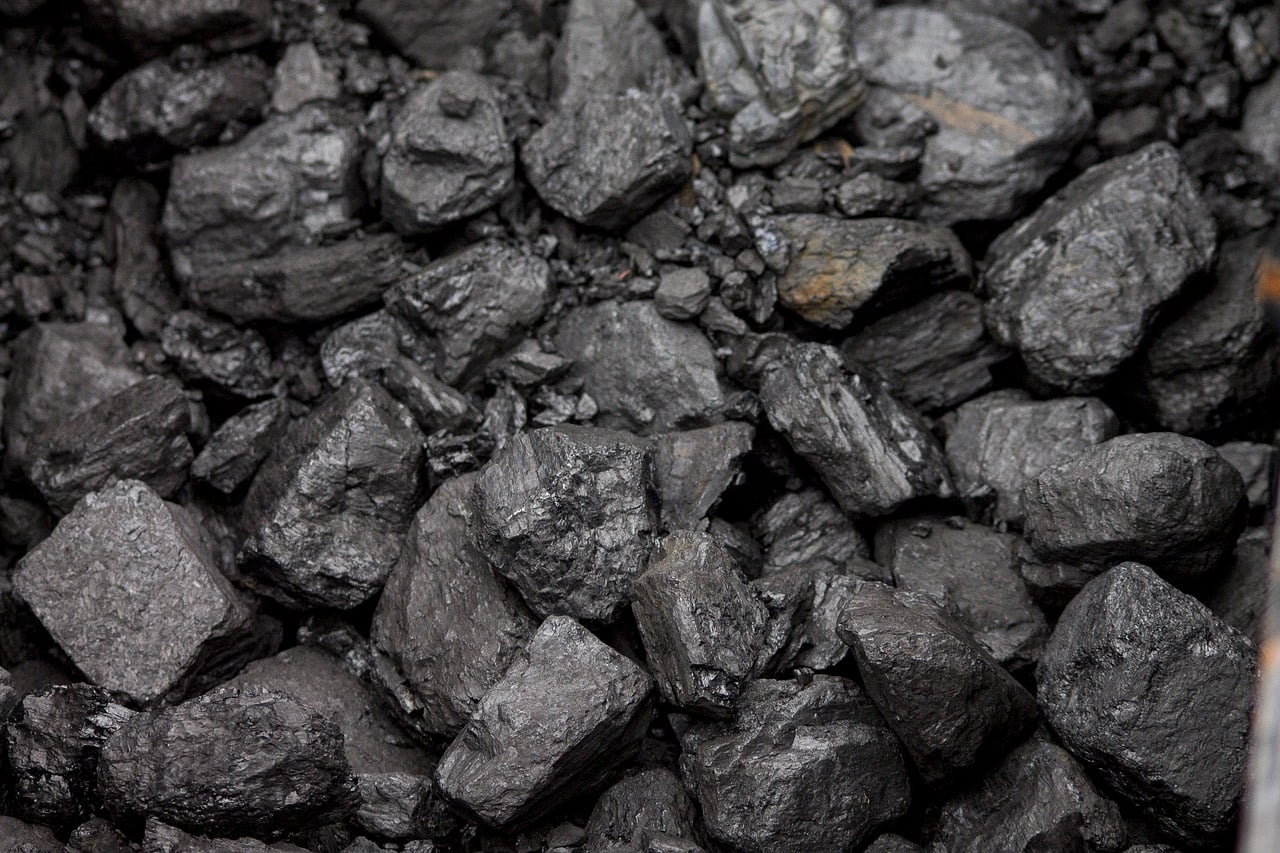Scientists around the world are inventing all possible techniques to fight the ever-growing climate change and reduce its symptoms that affect the entire planet. In a new attempt, scientists developed a method which can be used to turn carbon dioxide into solid coal.
A group of scientists at RMIT University in Melbourne, Australia conducted a study published in the journal Nature Communications. They converted CO2 from a gas state into solid particles of carbon. Their study describes an alternative way to fight climate change by reverting the greenhouse gases which flood our atmosphere into their basic state. While current climate change fighting techniques focus on returning CO2 into its liquid form, this study can turn carbon dioxide into solid coal.
“While we can’t literally turn back time, turning carbon dioxide back into coal and burying it back in the ground is a bit like rewinding the emissions clock,” RMIT researcher Dr. Torben Daeneke, an Australian Research Council DECRA Fellow, said in a statement. “To date, CO2 has only been converted into a solid at extremely high temperatures, making it industrially unviable. By using liquid metals as a catalyst, we’ve shown it’s possible to turn the gas back into carbon at room temperature, in a process that’s efficient and scalable.”
To convert the greenhouse gas into solid coal, the scientists created a liquid metal catalyst with special surface properties, so that electricity could efficiently be conducted through it, while at the same time the surface would be chemically activated. The CO2 was dissolved in a beaker with electrolyte liquid and some of the liquid metal, and then was charged with electrical current. The CO2 slowly converted into small flakes of carbon, becoming a solid, and detaching from the liquid metal surface.
“A side benefit of the process is that the carbon can hold electrical charge, becoming a supercapacitor, so it could potentially be used as a component in future vehicles,” Dr. Dorna Esrafilzadeh, a Vice-Chancellor’s Research Fellow in RMIT’s School of Engineering said. “The process also produces synthetic fuel as a by-product, which could also have industrial applications.” She also noted that the newly converted carbon could also be used as an electrode in electrical engineering and in that way could have an application in a vast majority of electronic appliances.
The new approach to turn carbon dioxide into solid coal is much more effective and efficient, but would need to involve much more research to become a norm. The research took place at RMIT’s MicroNano Research Facility and the RMIT Microscopy and Microanalysis Facility. It was backed by the Australian Research Council Centre for Future Low-Energy Electronic Technologies and the ARC Centre of Excellence for Electromaterials Science (ACES). There were also researchers from Germany, China, and U.S. universities that contributed to the research.





